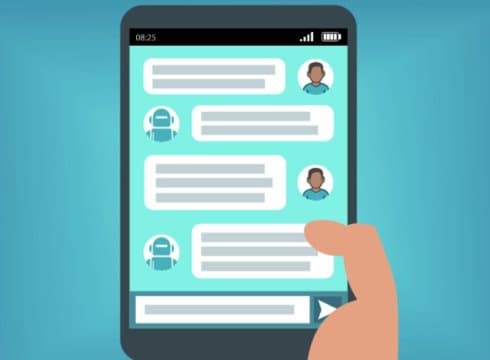Inc42 Daily Brief
Stay Ahead With Daily News & Analysis on India’s Tech & Startup Economy
At the end of every month, I go through the cathartic process of cleaning out the promos tab of my inbox. It’s usually a good mix of emails. Flipkart and Paytm try to get me to buy things that I don’t need and Papa John’s is convinced that their new pizza will blow my mind.
But, perhaps, the biggest culprit is Axis Bank. Day in and day out, Axis Bank makes it their life’s aim to get me not to switch to HDFC. Cashback, priority service, and, a new one, a free BookMyShow voucher for setting up an FD, they try everything. Sadly for them, I almost never read their emails.
Why? Because the experience of getting promotional emails has become so ubiquitous that I have learnt how to tune them out.
I am sure this is the same for a lot of you. The smiling shopper, the bombastic statement about how I am going to save more, the tiny asterisk indicating a caveat that they hope I don’t notice, all the emails I get look the same. As a result, the process of figuring out what exactly Axis Bank is offering me requires a great deal of effort on my part.
This problem is at the core of why I do not read these emails.
Which is a pity because if I actually take the time to look through some of the emails, the deals on offer actually are pertinent to my life which I might have actually used had I known of their existence.
The Bot Effect
So as a weekend project, purely out of boredom, I took a mail from Axis Bank and I decided I would make the content more engaging.
I decided to turn the email into a bot.
Here are the results.
This is the email:
And this is the bot:
While this bot, by no means, solves the problem of our overcrowded inboxes, I would argue, that it certainly makes promotional emails elicit thoughts of a more engaging and fruitful experience. If we created such experiences consumers would be more likely to click on the hundreds of emails that are otherwise treated as junk.
So we tried it out!
Last week we converted our company newsletter into a bot to see whether, in fact, we got a higher rate of engagement.
And here is what happened: in the weeks before, our click rate averaged at around 6.7%. In the week that we implemented our bot, it shot up by a little more than 4x to 27.9%.
Suffice it to say, that the experiment worked. Using a bot instead of a boring old email, helped us improve our email outreach. While consumers might well get sensitised to this new medium in the future, for the time being at least, bots within emails are more engaging than regular emails.
[This post by Arnav Patel first appeared on the Tars Blog and has been reproduced with permission.]
{{#name}}{{name}}{{/name}}{{^name}}-{{/name}}
{{#description}}{{description}}...{{/description}}{{^description}}-{{/description}}
Note: We at Inc42 take our ethics very seriously. More information about it can be found here.


